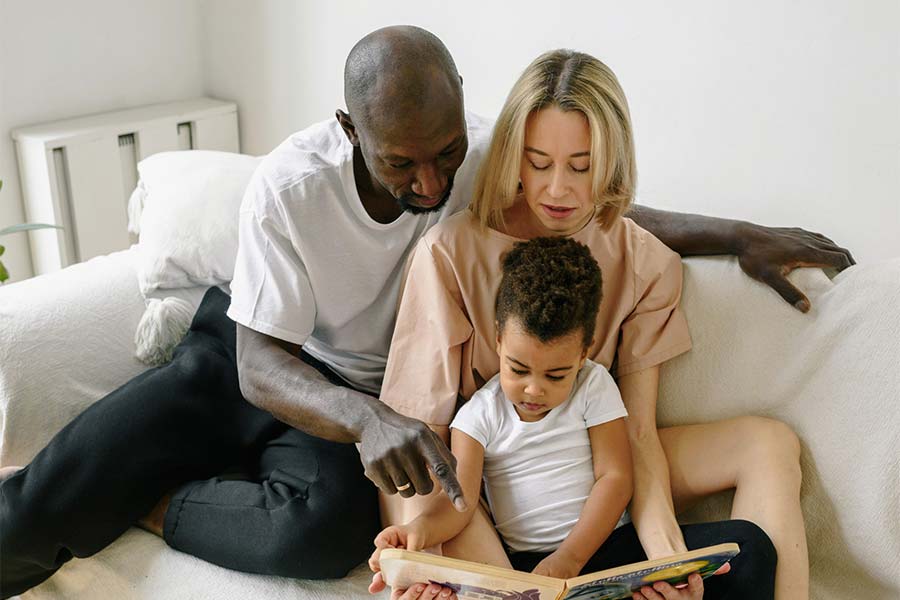Solving your child’s sleep issues: only a matter of method?

One of the most important thing that I tell clients when they first approach me is that applying a certain sleep training technique will ONLY be a small part of our journey. And this immediately offers reassurance because many of them have already tried sticking to a method without success. And this doesn’t surprise me at all.
Sleep is a complex and multifactorial issue, and there are many factors that can impact a child’s ability to sleep well. By taking a multifactorial approach to sleep, I can help my clients achieve better and more sustainable results on a long-term basis, as we address all of the factors that may be contributing to their child’s sleep issues.
Firstly, there can be underlying medical or psychological issues that are impacting the child’s ability to sleep. For example, a child with sleep apnea or anxiety may struggle to fall asleep and stay asleep, and simply applying a sleep training method without addressing these underlying issues may not be effective. It’s important to rule out any underlying health or mental health conditions before proceeding with sleep training.
Secondly, a child’s sleep environment and routine can play a significant role in their ability to sleep. Factors such as noise, temperature, lighting, and the timing of meals and activities can all impact a child’s sleep. Parents may need to adjust their child’s sleep environment and routines in addition to using a sleep training method in order to improve their child’s sleep.
Thirdly, a child’s temperament and personality can also impact their sleep. Some children may be more sensitive to changes in routine or may have a harder time self-soothing, which can make sleep training more challenging. A multifactorial approach may involve tailoring the sleep training method to the child’s specific temperament and needs. There is no one-size-fits-all solution and sometimes a combination of strategies from different sleep training techniques proves necessary.
Finally, a child’s sleep issues may be related to parenting practices or family dynamics. For example, inconsistent parenting or conflicting parental approaches to sleep can create confusion and anxiety for the child. In these cases, a multifactorial approach may involve addressing any parenting or family issues that may be contributing to the child’s sleep difficulties.
As a Certified Pediatric Sleep Consultant that has worked with hundreds of parents, I know that by opting for a multifactorial approach to infant sleep I will help parents identify and address any underlying factors that may be contributing to the issues they are experiencing. This is key when it comes to laying the foundation for their child to develop healthy sleep habits not only during the 2 or 3 weeks we work together but for the future years and – hopefully – for life!
– Sara




